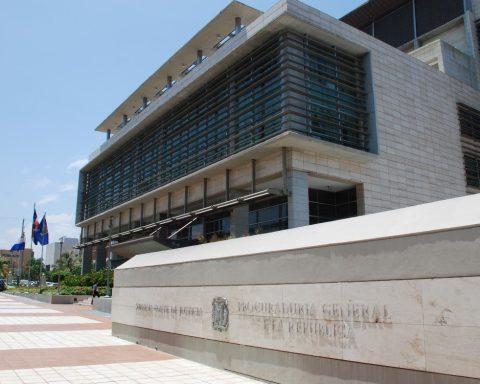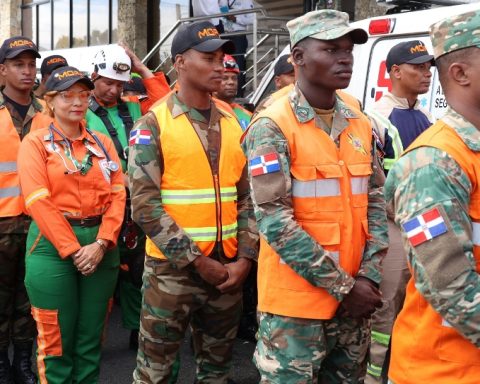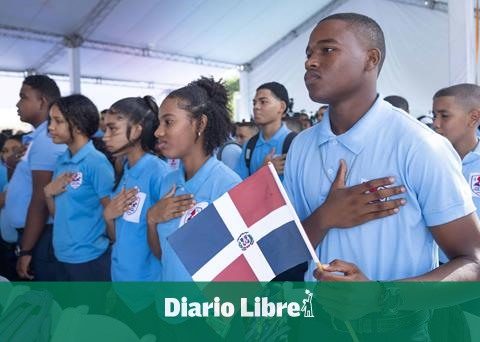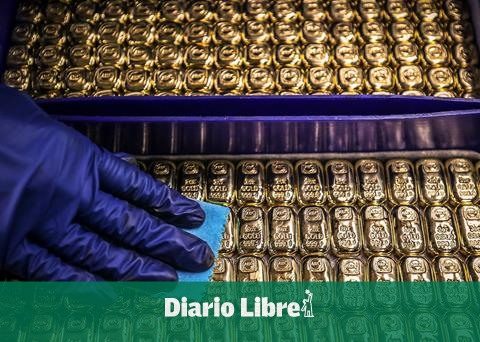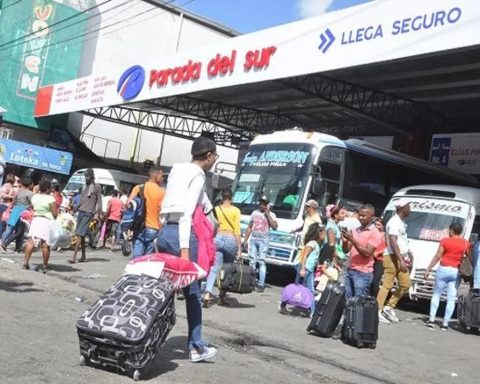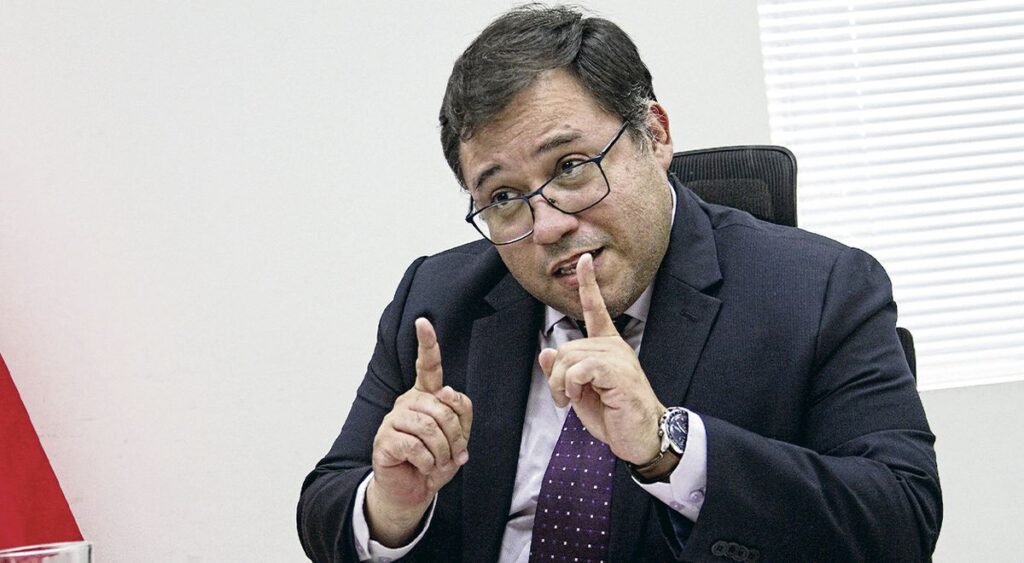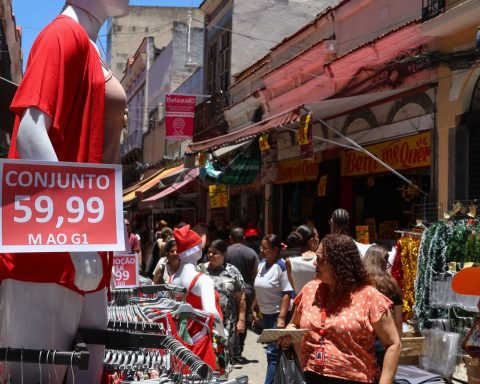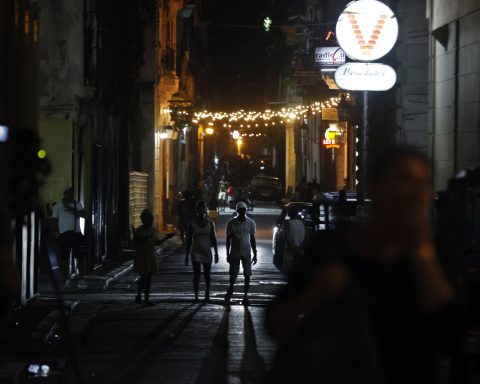This year Inapa will invest close to 30 billion pesos in drinking water and sanitation systems
Ensuring that people drink tap water with confidence in any municipality in the country is a process that will take years, before it must have a public policy and an aggressive investment plan in terms of drinking water and sanitation.
“The idea is to get there,” says the executive director of the National Institute of Drinking Water and Sewage (Inapa), Wellington Arnaud, in the special elCaribe-CDN interview, proudly highlighting that one million 200 thousand more Dominicans already have water potable.
The transformation you want to achieve includes efficiency in service collections. However, the official made something very clear: “water can never be seen as a business, but it can be a self-efficient model.”
He explains that in order to achieve this goal, local investments must be made, confidence must be generated so that after people become aware of the cost of water, this agreement between the population and the institution can arise.
The head of Inapa attributes the fact of increasing by 100% the collections for the provision of the service, which he currently says is around 100 million pesos per month, to good management.
Prices vary, more if it is rural areas. “We found tariffs of up to 50, 80, 100 pesos,” says Arnaud, who has an intense monitoring schedule for the 243 aqueducts that he manages in what he calls a rescue plan.
“Since the drinking water service systems are in a critical situation, we have focused on providing a good service so that commercial management can be more efficient,” he adds.
“Inapa was on its way to extinction. According to what we found, in all the systems, it is imminent that there was a process to eliminate Inapa with the intention of privatizing the entire sector”, he says, referring to the deterioration in which he assures most of these systems were.
The official is convinced that “if you bring him water every day, people pay for it without problems.” He points out that although there are few municipalities that do not pay for the service, the public price of RD$6.00 per cubic meter represents a difficulty in achieving a self-sufficient system, when the cost of production is around RD$30.00.
To improve the services offered, the investment this year will be four or five times greater than that of 2021. Wellington estimates that between 25 thousand and 30 thousand million pesos will be invested in drinking water and sanitation systems in these 12 months.
“In January, only, we have executed 710 million pesos and it will be the smallest investment of the year and it is the largest investment of the last 10 years in that institution”, he assures.
He ponders as an achievement of his management, the approval of 97 codes of the National Public Investment System (SNIP), which is the approval of project profitability granted by the Ministry of Economy, Planning and Development. The investment is around RD$15 billion
Another 107 codes are also in the design process. “We currently have projects for more than 15 billion pesos and in the design process to request codes 27 billion, we are talking about an investment of 42 billion,” he says.
“In the past four years, Inapa only requested 30. And we have 107 more snip codes,” he says.
He affirms that with these investments, the country is on the way to having a system of both drinking water and sanitation as the Dominican people deserve. He adds that in developed countries, 40 dollars per person is invested in drinking water and sanitation.
The director of Inapa estimates investment in projects underway and in the pipeline at one billion pesos per province.
“When Inapa takes a sting, it is that the work is starting, it is that we have a work plan, it is that the result is being seen and we are permanently monitoring so that these works are completed in the time that was scheduled,” he points out. .
“Today we can show that more than 1,200,000 Dominicans who did not have water, and in other cases received it irregularly, today have a drinking water service… Inapa is working on the past to have a better present that we allows us to build a better future”, he expresses.
However, the data it handles on the reality of drinking water and sanitation in the Dominican Republic allows us to infer that the work is just beginning.
It reports that 60% of households receive water directly at home and 85% have a connection. His goal this year is to expand it by 10% more.
However, he maintains that ensuring that citizens have the confidence to fill a glass directly from the tap is a complex issue, since new aqueducts and networks must be available, it will even depend on whether the person has a cistern and a water tank.
“It is a process that will last for years, the important thing is that there is already a plan, a defined public policy with results that people are seeing and the idea is to get there,” he emphasizes.
Arnaud described as counterproductive that in towns where there are dams, water scarcity persists. “You went to Cotuí, the main municipality, a few kilometers from the Hatillo dam, and you found yourself with 55-gallon tanks to store water,” he deplores. In response to this problem, an investment focused on improving the service was allocated, which, according to the entity’s director, tripled, but distribution should continue to improve in sectors of the municipality that still have difficulties receiving the liquid.
Likewise, he said that they are concentrating on the design of the multiple aqueduct of Cotuí, of the Hatillo dam, the main demand of the province.
Added to the list of inaugurations is the multiple aqueduct of the Partido municipality in Dajabón, which had been started for nine years without even reaching 20%.
“We find ourselves with situations of aqueducts that had been out of service for 20 years, as is the case of Guanuma, very close to Santo Domingo, a drinking water treatment plant that had been out of service for 15 years, inside it had practically a vegetable garden,” stands out.
Wellington Arnaud during the special interview.
Director of Inapa affirms there were intentions to privatize water service.
Head of Inapa shares a lunch with executives and journalist from elCaribe-CDN.
Upcoming openings
With an investment of 12.5 million pesos, the Guanuma-Los Botados Multiple Aqueduct water treatment plant was inaugurated in February of last year, in the Monte Plata province.
He explains that an expansion process is under way, due to the growth of the Los Botados community. Soon Inapa will start an aqueduct with a capacity of 100 liters per second that will be able to supply the entire area.
In the special interview, the official announced that this week the inauguration of the wastewater treatment plant of the Barahona municipality, which had been out of service for 20 years, will take place.
Work that will impact 40% of the citizens. Work is being done on a second stage so that all households there can have a sewage treatment service, which translates into health.
The director of Inapa reported that on February 15 the tender for the multiple aqueduct of Miches ends, with an investment of almost RD$1,000 million.
“We are going to start the first pierce next month of the Miches aqueduct, which not only includes the tourist area but also the town. An aqueduct of approximately 350 liters per second, 165 go to the tourist area and the others go to the municipality. So when the hotels are ready, we are going to have the aqueduct ready”, he communicated.
On his agenda for the next few days is the act of the first pierce, to start the work on the Juan Dolio sanitary sewer system, whose investment exceeds 500 million pesos.
Cabo Rojo aqueduct process begins
Arnaud announced in the special interview that next week he will begin the bidding process for the Cabo Rojo multiple aqueduct, which will benefit the tourist area and the residents. “It will be guaranteed according to the projections of the rooms that are going to make drinking water both in the tourist area and in the Pedernales area,” he highlights. Arnaud affirms that the Government has a firm policy on drinking water and sewerage that will result in an improvement in the quality of life of Dominicans. He also highlighted the investment made in sanitation. “We have only 15% of the territories that have a sanitary sewer system and half of it does not work,” he revealed.




